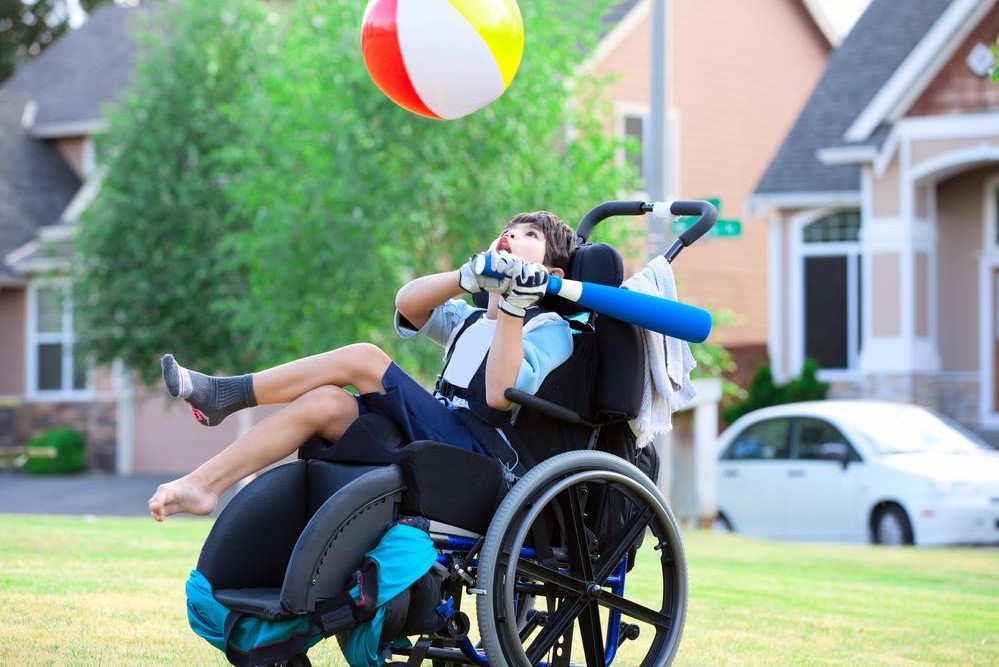Common Signs and Symptoms of Spinal Muscle Atrophy (SMA)
Medical professionals consider spinal muscular atrophy, also known as SMA, a hereditary motor neuron disease that impacts the lower motor neuron-nerve cells within the brainstem and spinal cord, which are responsible for voluntary muscle control. SMA gradually destroys the lower motor neurons and the patient’s ability to control movement in the face, tongue, throat, chest, arms, and legs, by disrupting signals from the brain to the muscles, and causing severe muscles spasticity (or stiffness), muscle wasting and fasciculations (uncontrolled twitching), and eventual and total loss of voluntary muscle movement.

Spinal muscular atrophy is classified in 3 types, which often differ based on age of onset, symptoms, and disease severity:
- SMA Type 1
Also known as Werdnig-Hoffman disease and infantile-onset SMA presents in children 6 months old or younger. Children with SMA type 1 never stand or sit, and are prone to death due to respiratory failure prior to 2-years of age. The symptoms include:
- Weak fetal movements during early pregnancy
- Loss of tendon reflexes
- Decreased limb motion
- Fasciculations and tremors
- Severely compromised muscle tone, known as hypotonia
- Swallowing, feeding, and breathing impairments
- Skeletal abnormalities (scoliosis)
- SMA Type II
The second type of spinal muscle atrophy strikes children between the ages of 6- and 18-months old. Prognosis for SMA type II is considered significantly compromised, but many patients reach young adulthood before suffering fatal respiratory failure. Common symptoms include many of the above mentioned symptoms with the following differences:
- Difficulty sitting without support aids
- Inability to stand or walk without support
- Respiratory issues (i.e., prone to respiratory infections)
- SMA Type III
Also called Kugelberg-Welander disease or SMN-related SMA, the third form of SMA presents in patients ages 2- to 17-years old, and mostly impacts the lower extremities. With close medical monitoring and care, SMA type 3 patients continue to live to an average old age. Symptoms often consist of:
- Muscle wasting and weakness
- Small tremors in the fingers
- Running, walking, climbing abnormalities and difficulties
- Difficulty rising from seated positions
- Advanced risk of respiratory infection
- Scoliosis (shortening of muscles and tendons surrounding joints)
- Kennedy’s disease
An additional form of SMA is progressive spinobulbar muscular atrophy (or Kennedy’s disease), which presents in patients between 15- and 60-years old. Because onset of this form of SMA is later, symptoms often include:
- Muscle fatigue
- Muscle pain
- Gradual weakening of the arms and legs
- Atrophy in the muscles of the mouth (i.e., jaw, face, and tongue)
- Difficulties with speech, chewing, and swallowing
- Fasciculations and tremors
- Enlargement of the male breasts
- Sensory neuropathy (nerve inflammation and pain)
- Prone to developing noninsulin-dependent diabetes mellitus
- Congenital spinal muscular atrophy with arthrogryposis
This rare SMA disorder often causes the severe and permanent shortening of joints (known as contracture), which causes abnormal posturing of the affected limbs. This often presents with symptoms of:
- Drooping in the upper eyelids
- Jaw issues
- Scoliosis
- Respiratory problems due to deformities of the chest

